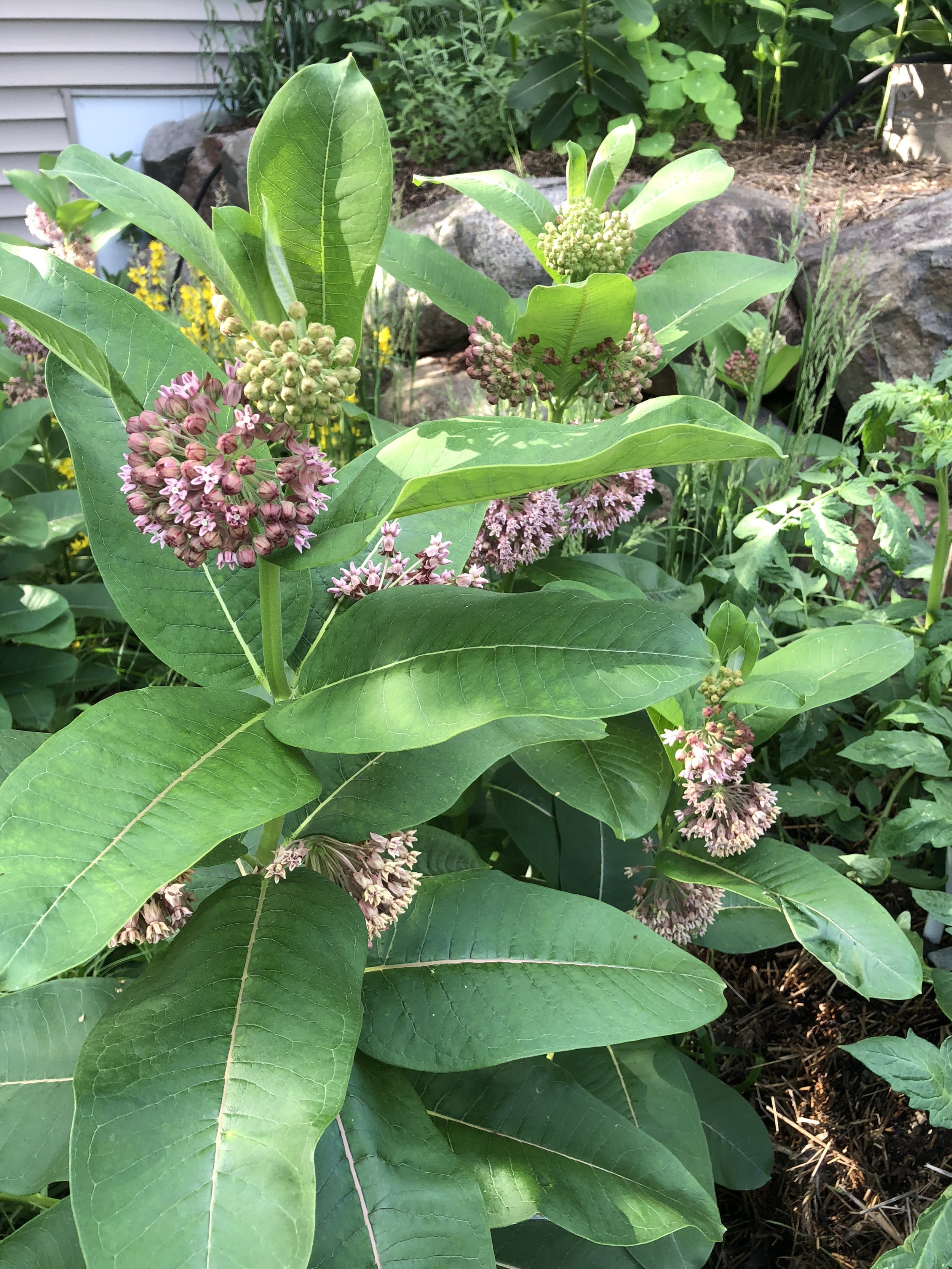A Symphony of Nature: The Milkweed Plant
The milkweed plant, a botanical marvel often overlooked in the grand tapestry of nature, is a testament to the intricate balance and beauty of the natural world. Its unique characteristics, ecological significance, and cultural relevance have captivated botanists, naturalists, and enthusiasts alike for centuries. In this comprehensive exploration, we will delve into the fascinating world of the milkweed plant, unraveling its secrets and appreciating its invaluable contributions to our ecosystems and our lives.

The milkweed plant, scientifically known as Asclepias, belongs to the Apocynaceae family. It is a perennial herb with a distinctive milky sap that oozes from its stems and leaves when cut or broken. This sap, a defense mechanism against predators, is composed of cardiac glycosides, toxic substances that can be harmful if ingested.
Milkweed plants exhibit a wide range of morphological variations, adapting to diverse habitats across North and Central America. They can be found in a variety of environments, including meadows, prairies, forest edges, and coastal dunes. Some species are low-growing and spreading, while others are tall and upright. The leaves of milkweed plants are typically oval-shaped and arranged in opposite pairs. The flowers are small and clustered in umbels, often displaying vibrant colors such as pink, purple, yellow, or orange. The fruits of milkweed plants are large, pod-like structures that contain numerous seeds embedded in silky fibers. These fibers, known as floss, are lightweight and buoyant, enabling the seeds to be carried by the wind to new locations.
The milkweed plant plays a crucial role in supporting biodiversity and maintaining ecological balance. It serves as a host plant for the monarch butterfly, a charismatic and iconic species that has experienced significant population declines in recent years. Monarch butterflies lay their eggs exclusively on milkweed plants, and their larvae feed on the leaves and sap. The cardiac glycosides present in the milkweed plant are absorbed by the caterpillars, making them distasteful to predators. This protective mechanism helps to ensure the survival of both the monarch butterfly and the milkweed plant.

Beyond its relationship with the monarch butterfly, the milkweed plant provides valuable ecosystem services. It attracts a diverse array of pollinators, including bees, butterflies, and hummingbirds. Its flowers offer nectar and pollen, contributing to the reproduction of other plant species. Milkweed plants also help to stabilize soil, prevent erosion, and improve air quality.
The milkweed plant has a rich cultural and historical significance. It has been used by indigenous peoples for centuries for a variety of purposes, including food, medicine, and ceremonial practices. The roots and shoots of certain milkweed species were consumed as a food source, while the sap was used to treat wounds and skin ailments. Milkweed floss was also used to make textiles, insulation, and stuffing for pillows and mattresses.
In modern times, the milkweed plant has gained renewed attention due to its association with the monarch butterfly and its conservation efforts. It has become a symbol of environmental stewardship and a reminder of the importance of protecting biodiversity. Many organizations and individuals are working to promote the planting and preservation of milkweed plants to support the recovery of monarch butterfly populations and to enhance the health of our ecosystems.

The milkweed plant is a remarkable organism that deserves our admiration and respect. Its unique characteristics, ecological significance, and cultural relevance make it a valuable asset to our natural world. By understanding and appreciating the importance of the milkweed plant, we can take steps to protect its populations and ensure its continued survival for generations to come.

:max_bytes(150000):strip_icc()/how-to-grow-coleus-1402921-02-6ca494adf94f4a5887c94256a24ebf33.jpg?w=200&resize=200,112&ssl=1)



:max_bytes(150000):strip_icc()/hoya-plants-1315763-hero-fe8b10a522eb4d7e9ada8abbc303fbc5.jpg?w=200&resize=200,112&ssl=1)